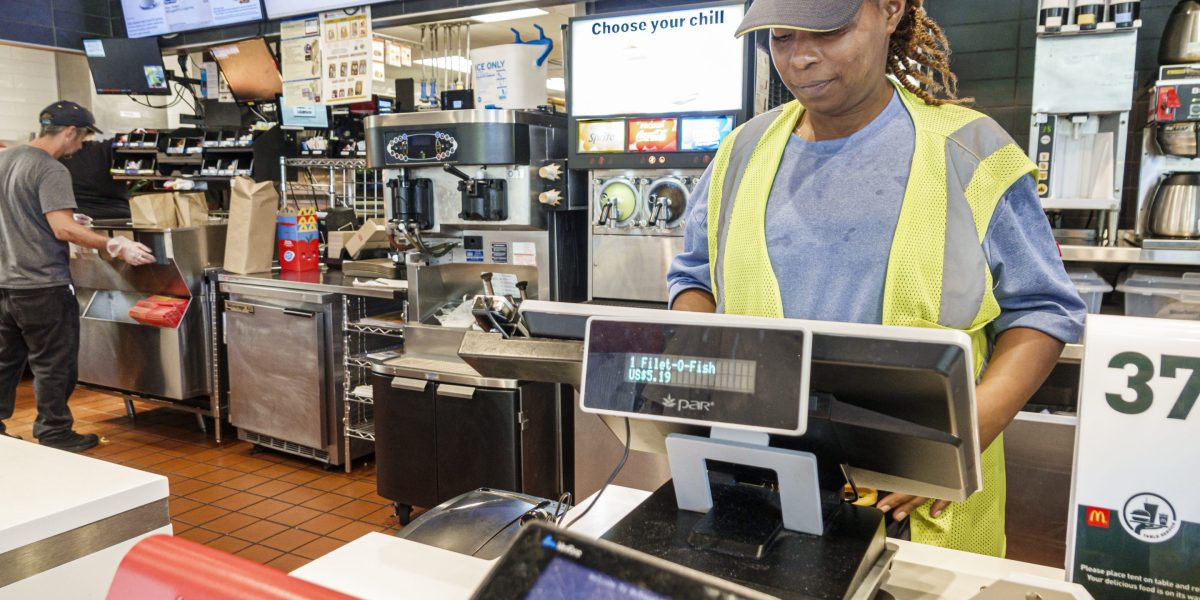

The federal minimum wage has not risen from $7.25 for 15 years. That run extends the longest such streak since the federal minimum wage was implemented in 1938.
However, because of inflation and changes in the cost-of-living, the federal minimum wage is worth far less now than at any point since 1949.
A full time employee working 40 hours a week, 52 weeks a year would earn a total $15,080 a year, before taxes. And that assumes they have paid sick days, vacation, and family leave, all of which are benefits that are unlikely to be provided in minimum wage jobs.
“The minimum wage has fallen so far behind the cost of living that millions of workers are earning wages too low to live on at the minimum wage and above it,” says Holly Sklar, CEO of Business for a Fair Minimum Wage, a network of businesses that support raising the minimum wage.
As of 2023 there were 869,000 people in the U.S. earning the minimum wage, according to BLS data. The number has been almost halved since the pandemic, when 1.6 million people made the minimum wage in 2019. Minimum wage earners are disproportionately women. They make up 68% percent of the people on minimum wage.
The federal minimum wage was last raised in July 2009. At the time, $7.25 was the equivalent of $10.58 adjusted for inflation today, according to the Bureau of Labor Statistics’ inflation calculator. Since then, all legislative efforts to raise the rate have fallen flat.
The contentious nature of U.S. politics has kept the federal government from passing a law that would increase the minimum wage, according to Sklar. “You need to have the stars perfectly aligned where it’s a high priority in Congress and the White House, and you’ve got enough support to break a Senate filibuster.”
There have been several attempts to raise the federal minimum wage. The most recent was in 2021, when Congress was working on passing the $1.9 trillion stimulus bill that came in the wake of the pandemic-era economic downturn. A Democrat-led effort to try and include a provision that would raise the minimum wage to $15 passed the House of Representatives. However, it ultimately failed in the Senate on procedural grounds.
Once an issue that was mostly a priority for progressive Democrats, it’s now gained traction with some Republicans as well. In 2021, a group of Republican senators put forth a bill that would raise the minimum wage to $11 an hour over a four year period. Critics of the bill took issue with a provision that would tie the wage increase to a provision that mandated employers verify the immigration status of their employees.
Despite the federal minimum wage being locked at $7.25, states can raise their minimum wage thresholds. Thirty states and the District of Columbia have minimum wages higher than $7.25 an hour. Washington D.C. has the highest minimum wage in the country of $17.50 an hour. It is followed closely by Washington state’s minimum wage of $16.28, and California and New York both have statewide minimum wages of $16 an hour.
California also has specialized minimum wage laws for fast food and health care workers, who are now guaranteed $20 an hour and up to $25 an hour respectively.















